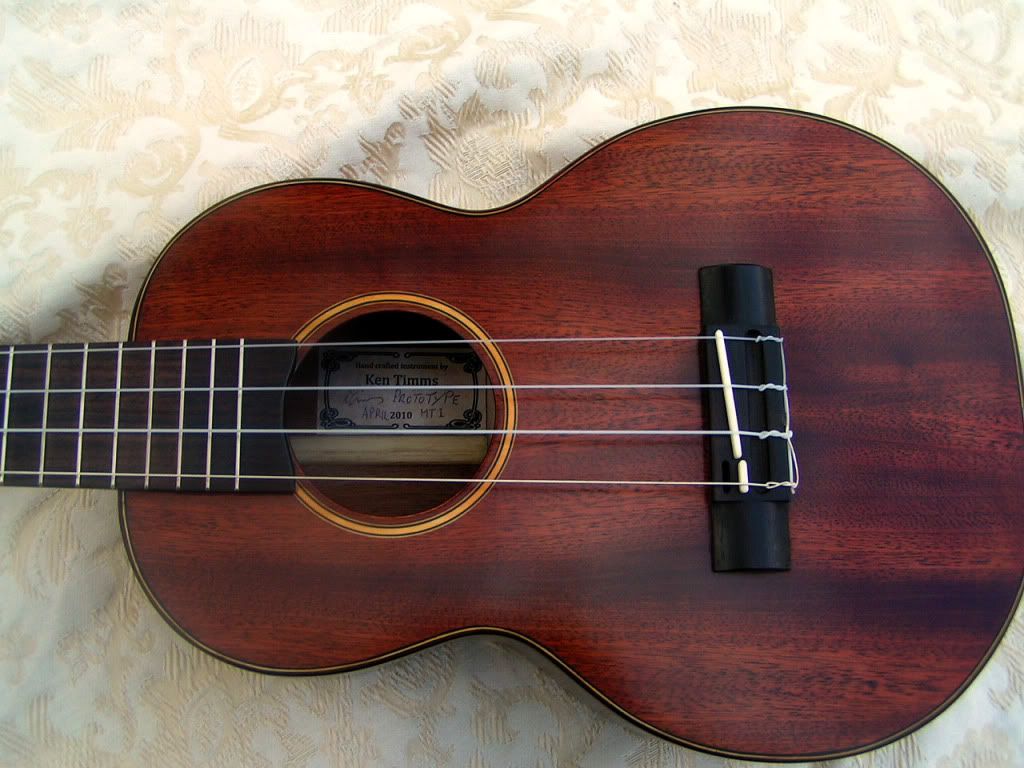I haven't experimented with it myself, but here is what Ervin has to say about it.
"If you have two virtually identical guitars one of which has the strings resting on a single high point of the saddle, and the other with the strings resting on a significant portion of the saddle’s top, I think you’ll find this second guitar works better. There is a better and more efficient coupling of kinetic string energy to the saddle by virtue of that extended contact. I can’t prove this, but I suspect if you pay attention to it you’ll get better results. (See Figure 3)"
With this "high-efficiency" string contact, more of the strings energy can go into the saddle/bridge/top system.
I'm going to give it a try.

